Click the blue text
Follow us
Imagine if we could let everyone create a fingerprint password lock. How should we design it?
We have an idea! Let’s try to put the dormitory head inside a box. When a visitor puts their finger into the box, the dormitory head will carefully authenticate to confirm whether it matches the fingerprint data of the dormitory members, thus achieving further verification of the visitor’s identity. If the measured fingerprint completely matches the stored fingerprint data, it grants the visitor access to the dormitory; otherwise, it will deny them entry.
Of course, in real life, we cannot find a box of the appropriate size, and even if we find one, we cannot treat our dormitory head like this. So, without the dormitory head’s help, how should we achieve fingerprint unlocking? …… Aha! We can use something to replace it, and that is—-Arduino ! ! !
As for Arduino, everyone might still be quite unfamiliar with it. Today, I will introduce to you a maker’s tool—Arduino, and I hope that after carefully reading the introduction below, everyone can learn something valuable and, in the future, use the knowledge they have gained to become an inventor!
What is Arduino?
What is Arduino?
Arduino is actually a convenient, flexible, and easy-to-use open-source electronic prototyping platform that includes both hardware and software. Simply put, Arduino is a microcomputer that can execute specific instructions.
Components (Example)
components
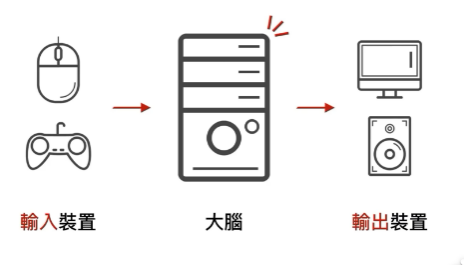
As shown in the figure, this is the basic setup of a general computer, consisting of an “input device”, a “brain (host)”, and an “output device”. The “input device” will input the command messages we send to the host, which will process these messages through its program and finally display them on the “output device”.
Components
components
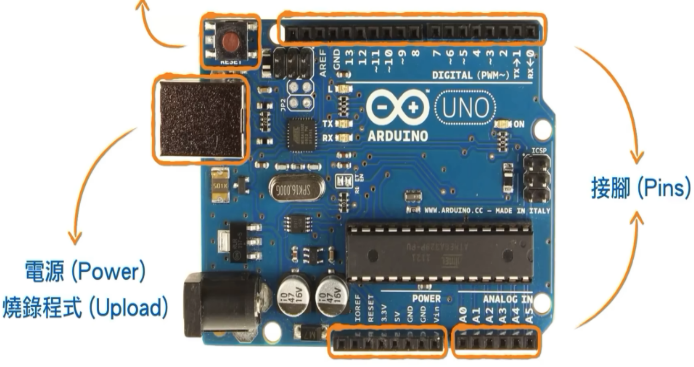
And the above image shows one of the most common models of Arduino—Arduino Uno control panel.
“Pin connections can connect various input and output devices, and after connecting, Arduino will process specific programs based on the input signals and transmit the processed final results to the “output device”, thereby affecting the working environment around the instruments, and promoting the operation of related devices.
However, the devices connected to Arduino are not a mouse or a screen; the devices connected to Arduino are referred to as “modules”.
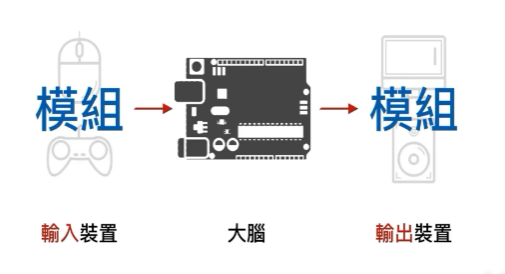
Generally, various sensors will act as input modules, while motors and other driving devices will act as output modules.
Illustration
illustration
Fingerprint Lock
“Fingerprint lock uses a “fingerprint sensor” as an “input device” inserted into the “pin connections”, and uses an “opening device” as an “output device”. It will write the next step of the program based on the data of the “specific fingerprint” transmitted from the fingerprint sensor, setting the “specific fingerprint” as the unlocking password. Finally, by inputting the program through the USB port, a “fingerprint lock” is born! How about that? Using “it” to replace the dormitory head in identifying “visitors’ fingerprints” is surely no problem, right?
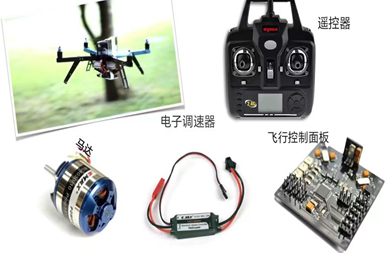
Quadcopter Drone
As an important role in the future of aviation technology innovation, its core also relies on Arduino.
Motors, electronic speed controllers, and other “modules” ultimately need to be controlled by Arduino as the “brain”.
Writing and Inputting
compile and entering
How to write and input programs?
Search the official Arduino website, where we will find a free software that integrates “programming, verification, and burning”—the Arduino development IDE. With “it”, we can design and write programs according to our needs.
Demonstration of Functionality
influence
As a maker’s tool, Arduino’s functionality goes far beyond this!
Quadcopter drones, temperature alarms, and other common devices in our lives all feature Arduino. Thus, we must admit that Arduino is indeed ubiquitous in our daily lives, showcasing its brilliance everywhere! With the creative ideas of various makers, the things developed using Arduino are varied, always beginning and ending with imagination! Light pianos, balance bikes, and other scientific and creative works are the best examples of Arduino’s innovative development and application in real life.
Creative Steps
authoring procedure
Write down your ideas and design the functionality → search for modules → write programs based on the modules → verify functionality
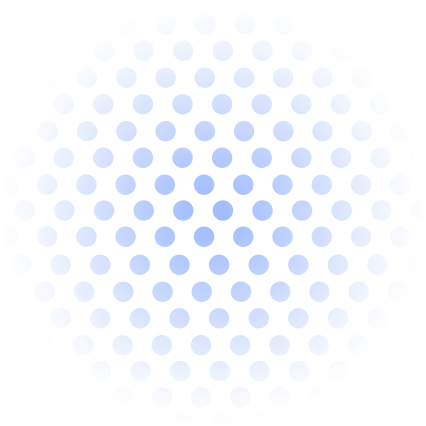
Conclusion
conclusion
After unveiling the mystery of Arduino, I believe many students are eager to try it. Come and learn with Bojia Robot, step by step to achieve it!
Source | Transferred from the internet
Statement | Except for original articles from the Bojia Robot Club headquarters, the articles shared and reprinted online are for the purpose of promoting children’s programming education in China, for learning and communication only, not for commercial use. All sources will be noted. If the original authors of the articles or photos have objections, please contact customer service for quick processing or deletion. Thank you for your support.
